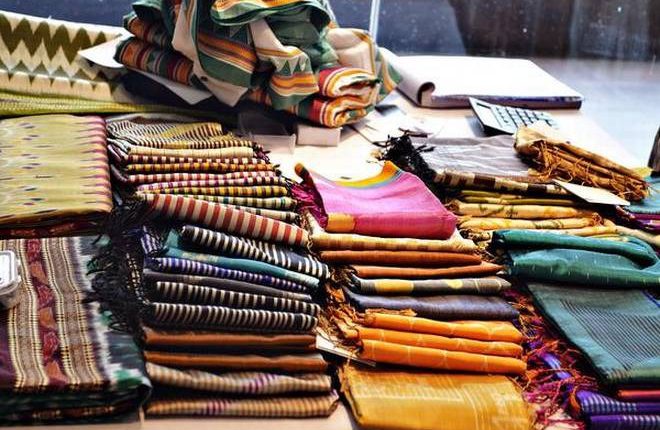The ancient Kalinga heartland of Odisha, formerly known as Orissa, is where Buddhism first made its way throughout India. On the eastern coast of India, it has borders with West Bengal and Jharkhand to the north, Chhattisgarh to the west, Andhra Pradesh to the south, and the Bay of Bengal to the east.
Named after Tri Bhubaneswar, the “Lord of Three Worlds,” Bhubaneswar, often known as the “city of temples,” served as Kalinga’s former capital. Odisha is renowned for its rich cultural past, which is reflected in its historical monuments, archaeological sites, traditional arts, dance, and music.
Aryan, Dravidian, and Adivasi cultures are all mixed together in one melting pot. The best aspects of Buddhist, Jain, and Hindu traditions have been combined with the Mahima Cult over the state’s turbulent past. In the past, Odisha was referred to as Odra, Utkala, Kalinga, Tosala, Tosali, and Kosala. The word “odisha” originates from a prehistoric tribal group that worshipped the sun deity and resided in a region known as “odra.”
It is home to hundreds of gifted artists and craftspeople and features amazing temples and buildings, beaches, animal sanctuaries, and a breathtakingly beautiful natural environment.
When it comes to draping, Odisha will undoubtedly grab a top spot. Artists from the state sprinkle their lives on their art. Be it Saree or Dhoti or Gamuchha or Dresses, Odisha’s canvas of drapes is filled with variety of genres.
Indian women of various cultures like donning sarees, but there are always cultural differences in the way sarees are worn or styled, and this also applies to the traditional women’s clothing of Odisha.
The arts of weaving and textiles have a long history in Odisha. In actuality, textile weaving is a significant industry in the state, supporting thousands of weavers and related craftspeople. Ancient religious texts and customs served as the inspiration for the state’s native textile dyeing and weaving techniques. Odisha sarees, in contrast to those in other areas, are strongly influenced by Hindu sacred texts, especially those that revolve around Krishna.
One interesting thing to note is that the Nuapatna weavers in the Cuttack area weave a unique type of silk on which are weaved the words from the epic poem Gita Govinda. This particular fabric is used to clothe the idols at the well-known Jagannath temple. Due to Krishna’s significant impact, sarees often feature temple borders, traditional colours associated with Lord Jagannath, and other mythological motifs.
In Odisha, cotton and silk are widely used. The area also produces very durable cotton and a range of tussar silks. The Tussar of Odisha is smoother and has a glossy finish. It’s important to remember that this state is most known for its unique Ikat weaving and dying methods.
Actually, the state’s signature ikat, whether made of silk or cotton, immediately springs to mind when we think about Odisha sarees; the dyeing and weaving methods from this region are highly recognised worldwide.
Even though the youth of Odisha have lost much of their enthusiasm for traditional clothes due to modernization, certain men from the region still wear a handful of these ensembles with pride.
Males of many nationalities dress in traditional Odisha dhotis. The body’s bottom is concealed by a waist-wrapped piece of white cotton. The distinctive feature of the Odisha-made dhoti is its stunning brick-colored border contrasted with white fabric throughout. Pyjamas, which are frequently simple and white in colour, finish off kurtas.
The majority of grooms in Odisha like to wear sherwanis at their weddings. The clothes are similar to what is worn in other parts of India. This outfit has elaborate embroidery from the state.
To preserve and honour the history for future generations, Odisha’s handlooms and sarees are revered and carefully preserved. In actuality, one of the most significant and ancient industries in India is handloom weaving. It provides help to thousands of weavers and related craftsmen and artisans. Therefore, despite the fact that globalisation has caused changes in people’s regular attire, the indigenous people never pass up the opportunity to showcase their culture via their attire on special occasions.

